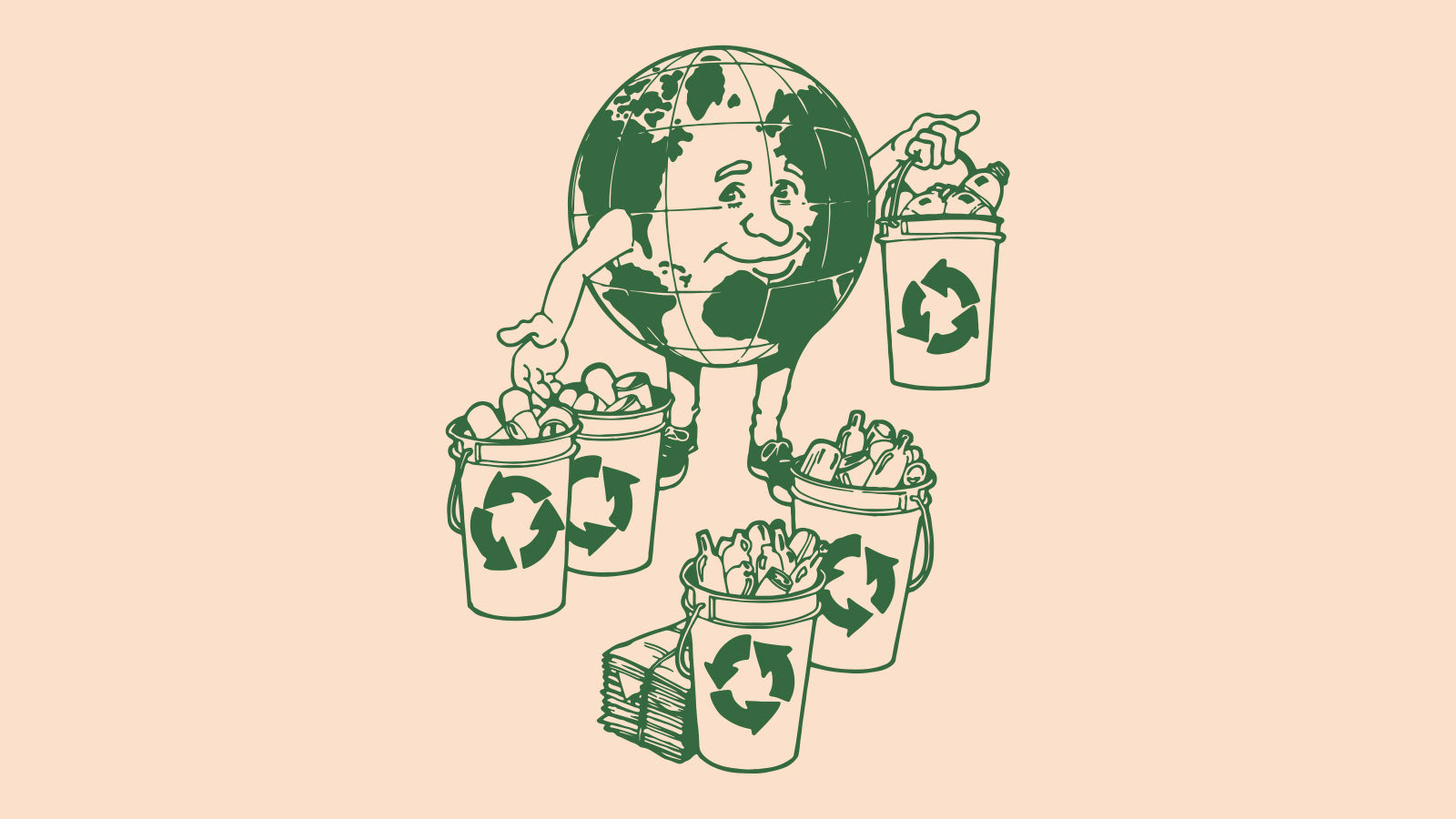
By Bryan Meador
Inside the Design - Circularity
Sustainability starts with design. Learn about how circular design principles inform our process and create opportunities for regenerative thinking.
When we started Plant Seads, we wanted to build a company that brought useful tools into the world and did it in a regenerative way. Tools that could be used to create a more livable present, a more sustainable future, and did so without requiring new materials. This kind of holistic design thinking is often referred to as impact design - or design that's focused on making the world a better place.
A major key in creating truly useful products is designing with the concept of circularity at the center of your mission. Circularity means creating a design system that’s focused on eliminating waste and the continual use of new resources.
This means that products should be designed to be used at their highest value for as long as possible - and then easily recycled, repaired, or refurbished to create a closed-loop system. Waste materials and energy should become input for other processes, a new beginning rather than an end. This regenerative or circular approach is in contrast to the traditional linear economy, which has a ‘take, make, dispose’ model of production.

Closed loop systems include reusing, repairing, sharing, refurbishing, remanufacturing and recycling. These processes take the full lifecycle of their products and materials into consideration and are regenerative by design.
Recycling is one piece of the circularity puzzle. It’s a great promise, but it’s not working alone. In the United States, only 9% of our plastic is recycled. Recycling of overall waste is about 30%.
Circularity goes way beyond recycling. We’re not only thinking about the materials that the products are made of, but also how they are manufactured, the business model in which this product is being built, and the infrastructure that supports the product lifecycle.
Beyond creating products from exclusively recycled materials, we set out to make a product of extremely high quality. Our Sead Pods are engineered to be so durable that they can be used for many years before being recycled. We want to create something that people will want to use over and over again, bringing our customers an exceptional experience and products that won’t be thrown away.

Rethinking our infrastructure
Since the beginning of the industrial revolution, we’ve viewed our natural resources as an unlimited supply of materials. Now, with towering cities and our natural resources being depleted, it’s time to rethink this mode of creation
Cyclical design asks us to consider the city, rather than nature, as a material bank. When looking to create something new, we should consider what is already available and ready to be reused or recycled rather than expecting a new source of material to be tapped. Old buildings, our waste products, and aging infrastructure can become the canvas for new projects and industries within the city.
Sead Pods address this idea in a few important ways. By manufacturing with 100% recycled plastic, we’re not only reusing material that has already been produced but also cleaning our environment of single-use plastic waste. We’re also re-envisioning our infrastructure by repurposing chain link fencing - creating vertical gardens from an otherwise unused and undesirable element of our built environment.

Circularity in design means closing the loop. By using recycled content, creating products that can be recycled, reused, & refurbished, and rethinking our infrastructure in new and interesting ways, Sead Pods are about as circular as it gets.
